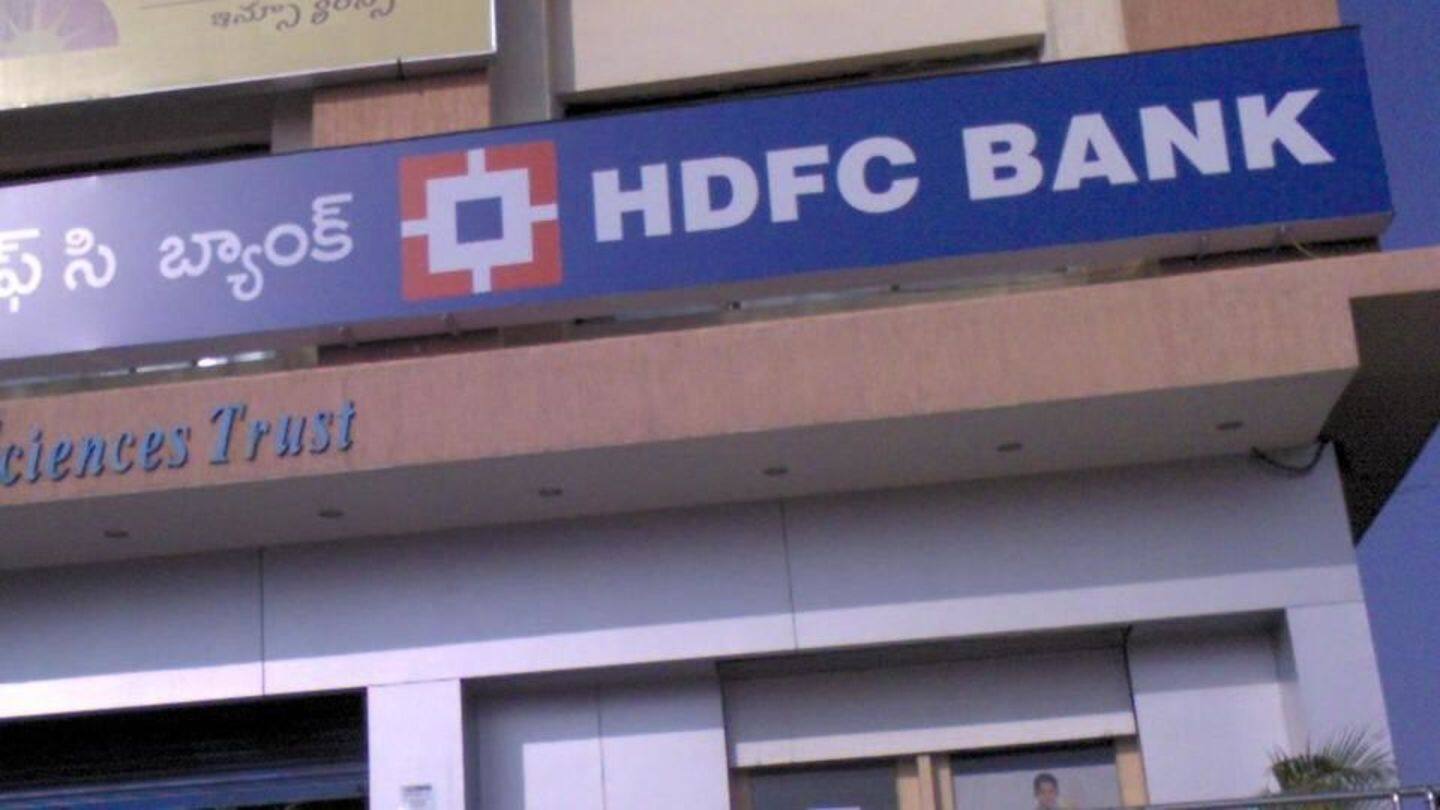
HDFC gets 'too big to fail' status from RBI
What's the story
In 2015, the Reserve Bank of India had classified the country's largest lender SBI and private sector major ICICI bank as D-SIB or domestic systemically important bank. Now, it has included HDFC Bank in this list of 'too big to fail' lenders. Therefore, as of now, there are three 'too big to fail' financial entities in the country spearheading its economy. Here's more.
SBI
What does it mean?
SIBs, such as State Bank of India, ICICI Bank and now HDFC, are subjected to intense levels of supervision, as their failure would disrupt the entire banking system. Therefore, these banks have to abide by a more rigorous regulation and capital requirement compared to other ones. On the positive side, these banks are considered to be more secure by investors for parking bulk funds.
Support
What are its effects?
SIBs are seen as 'too big to fail (TBTF)' institutions. Therefore, they are likely to get government support when they suffer from financial stress. These banks are also given certain key advantages in funding markets to bolster their foundations. However, analysts say that this expectation of government aid leads to reckless risk-taking tendencies and increases chances of distress in future.
HDFC
Where does it stand?
According to reports, as of June 30, 2017, HDFC's total balance sheet size stands at Rs. 8,95,653 crore, which is a 33% increase from the Rs. 7,55,631 crore that was noticed on June 30, 2016. The bank's deposits as of June 30, 2017, were Rs. 6,71,376 crore, 17% more from what was seen as of June 30, 2016.